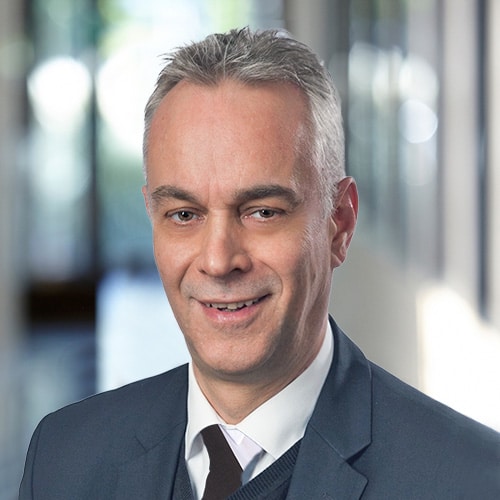An early warning system for dangerous water levels on the Strunde: this is the result of 42 students at the University of Applied Sciences in Bergisch Gladbach (FHDW). The business IT specialists installed a sensor on the Strunde. It continuously transmits the water level data to the computers at the FHDW. The students programmed a total of four systems so that the data can be used in a variety of ways. The early warning system via SMS, social media or e-mail is one of the various possible uses. The city’s Head of Digitalization was delighted. Thore Eggert is also responsible as head of the staff unit for extraordinary events (SAE) in the event of another heavy rainfall event like the one in July 2021.
Have the students at the University of Applied Sciences in Bergisch Gladbach (FHDW) developed practical protection against the risk of heavy rainfall events like the one in July 2021? Maybe. The dual Bachelor’s degree course in Business Information Systems at the University of Applied Sciences in Bergisch Gladbach (FHDW) is exceptionally practice-oriented. This is not only reflected in the structure of the course – students spend three months of each semester in their partner companies and apply their theoretical knowledge to current projects. However, this is also evident in the theoretical phases. At the beginning of the year, business informatics lecturer Peter Tutt gave his students the task of making the Strunde water level data usable by programming four different cloud systems so that they can be correlated with other environmental data, are scalable and, for example, send automated warnings to the public via bots if the Strunde rises too high and poses a danger.
“I think it’s great that there was this real question here,” says Thore Eggert. He is the treasurer of the city of Bergisch Gladbach, head of the department for digitization and, as head of the SAE (staff for extraordinary events), is responsible for the city when disasters such as the floods in July 2021 occur. “We will take this with us to see how we can use it in the urban environment for the fire department and sewage works as a practicable solution for the city and urban society.” Eggert regularly attends the FHDW presentations. “This shows that the FHDW can be the incubator for the topics that are lacking here, where ambitious students think in terms of solutions.”
One kilometer down the Strunde from the FHDW water level measuring station, the flood on 14. and July 15 caused massive damage. 120 houses were flooded. For the students, it was a good feeling to work on a warning system that can at least limit the extent of such catastrophes. “If we are responsible for preventing something like this through IT, that is of course interesting,” says 20-year-old Fabian Tilmans. His group of 12 has been working with Microsoft’s cloud system since February. This is called Azure and initially presented the students with a major problem. “It’s quite complex and it took us a long time to get to grips with it,” says 21-year-old Tobias Mückl. But that’s exactly what business IT specialists do: they look at how highly intelligent technology can be used to develop practical solutions for issues in business and administration or even disaster control. The aim of this project was to make the level data, which originates from the LoRaWAN network known from industrial applications, usable for other cloud applications. And it worked. Using messaging services such as Twitter and Telegram, the system can now send warning messages to the exact citizens affected by flooding. In this way, protective measures and rescues can be carried out before a catastrophe occurs.
Your contact person
